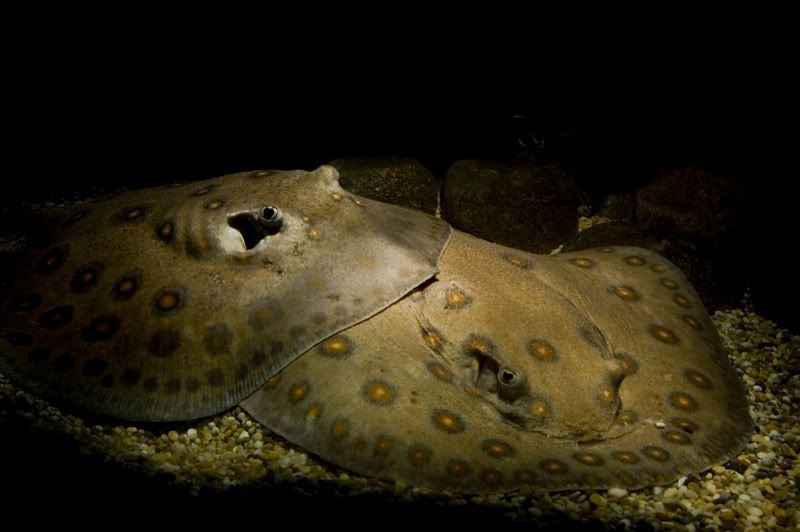For some reason I find it interesting when studies aim to sort out difficult problems such as distinguishing different species or resolving the evolutionary history of species, in particular vertebrate species. Therefore I happened to stumble across this study published 24 of June this year PLoS One. They looked at two species of fish within a family called snakeheads Channidae. These fish have a long slender body for fast stealthy attacks sort of like the eurasian and north american Pike (genus Esox) species. One could assume that these fish occupy the same types of niches in the subtropical to tropical waters of africa and south eastern asia. The family consist of two extant genuses Channa (Asia) and Parachanna (Africa). Several of the species of the Channa genus are very difficult to distinguish from each other and theres probably some undescribed species swimming around the rivers of south east asia.
In the Thailand, Malaysia, Laos, Cambodia and Vietnam region on the mainland and parts of Sumatra, Borneo and Java theres a species named Channa micropeltes (giant snakehead). The giant snakehead is a large fish, hence its name, reaching a maximum size of about one meter. When young they have a nice red stripe along their lateral sides of the body giving them a pleasing look sadly attracting buyers in petshops around the globe not knowing their adult size. In southern india one find a quite similar species, differing at a few morphological points, called Channa diplogramma (Malabar snakehead). The overall look of the juveniles and the adults bears striking similarities to the giant snakehead which have spawned a debate on wether or not they indeed are two separate species or not. The author of the C. diplogramma species, Francis Day, did actually 13 years after its description in 1878 synonymise it with C. micropeltes possibly due to these similarities. Now 134 years later Benzinger et al. set out to sort this mystery out.
In this paper Benzinger and colleges uses morphological and molecular data from specimens of these two species to try to sort out the time of divergence and if these are two species or one. They used data from mitochondrial 16S rRNA and cytochrome oxidase I (COI), the same gene they used in the paper on stingray evolution i reported on previously. What they found using the molecular and morphological data was that the two species are indeed closely related to each other. The divergence time between the two species is somewhere between 9.5 to 22 million years ago depending on which calibration point they use in their calculations. They finally conclude that the most possible reason for the divergence is a separation of the two populations that later lead to the two separate species.
I think this article sort of highlights how modern methods can resolve old problems, and now 134 years later Francis Day's snakehead species from India finally can be unsynonymised (if thats even a word).
I think this article sort of highlights how modern methods can resolve old problems, and now 134 years later Francis Day's snakehead species from India finally can be unsynonymised (if thats even a word).
Benziger, A., Philip, S., Raghavan, R., Anvar Ali, P., Sukumaran, M., Tharian, J., Dahanukar, N., Baby, F., Peter, R., Devi, K., Radhakrishnan, K., Haniffa, M., Britz, R., & Antunes, A. (2011). Unraveling a 146 Years Old Taxonomic Puzzle: Validation of Malabar Snakehead, Species-Status and Its Relevance for Channid Systematics and Evolution PLoS ONE, 6 (6) DOI: 10.1371/journal.pone.0021272






